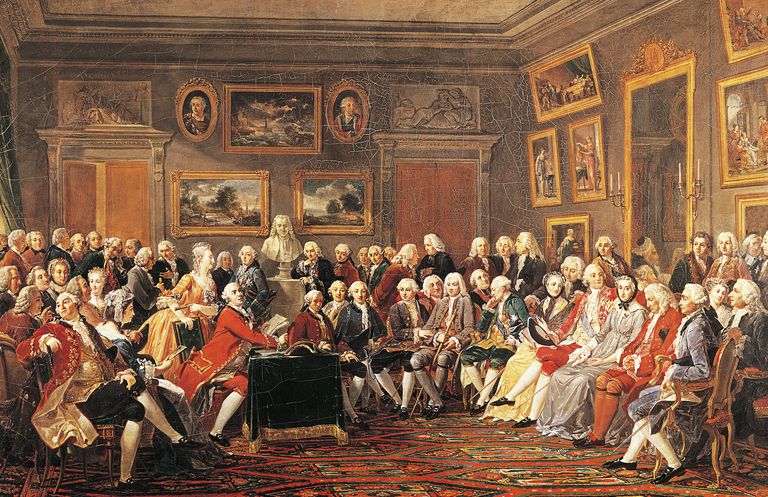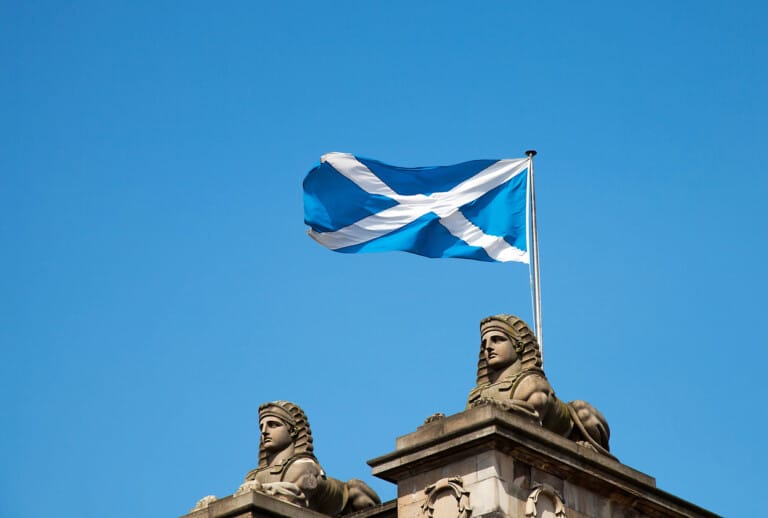Introduction
The 18th Century can be dubbed “the Age of Enlightenment” as it was marked by French philosophers such as Voltaire, Rousseau or Diderot (the Encyclopédie was published in 1761).
The Enlightenment is characterized by the belief of the natural goodness of man: man is perfectible, it is the idea of progress obtained through the use of reason.
Since man is naturally good, all bad things come from society: if we could fight prejudices and oppressive social institutions, man would be better. It’s a question of education: political and social reforms would bring man happiness. These are the principles of the French Revolution.
The situation is different in the United Kingdom. The revolution had already been made: the “Glorious Revolution” of 1688 established a parliamentary monarchy but it was not a democracy since you needed to be rich to go to Parliament.
John Locke, a famous British philosopher, influenced the notion of parliamentary democracy. He was a predecessor of the Enlightenment but his ideas were only applied in America after the War of Independence (1776-1782).
The American Constitution was applied in 1789. In the USA, there is a republican government with a president and a principle of equality in front of the law: “Everyone has the right to life, liberty and the pursuit of happiness”. There is a truly optimistic belief in man and happiness, and progress and reason.



